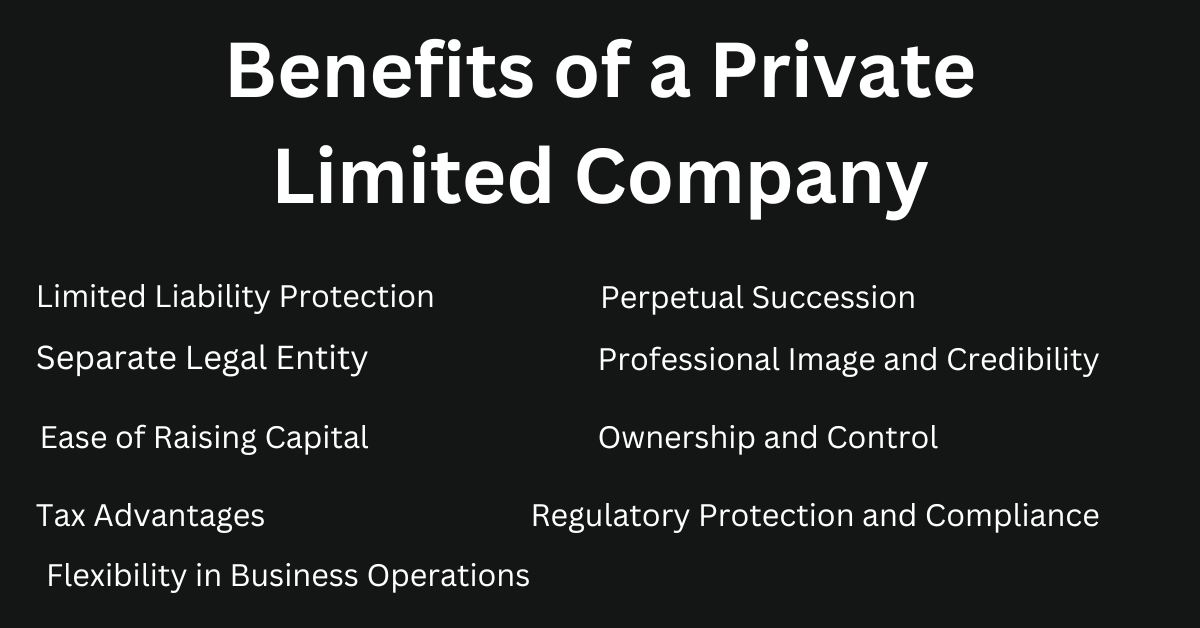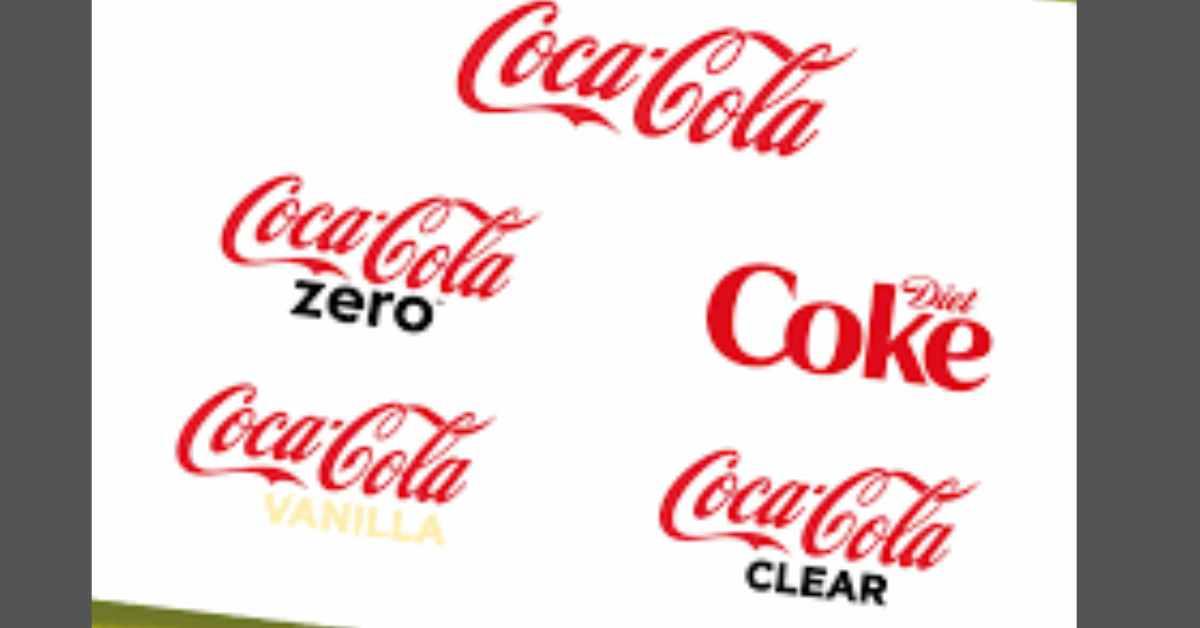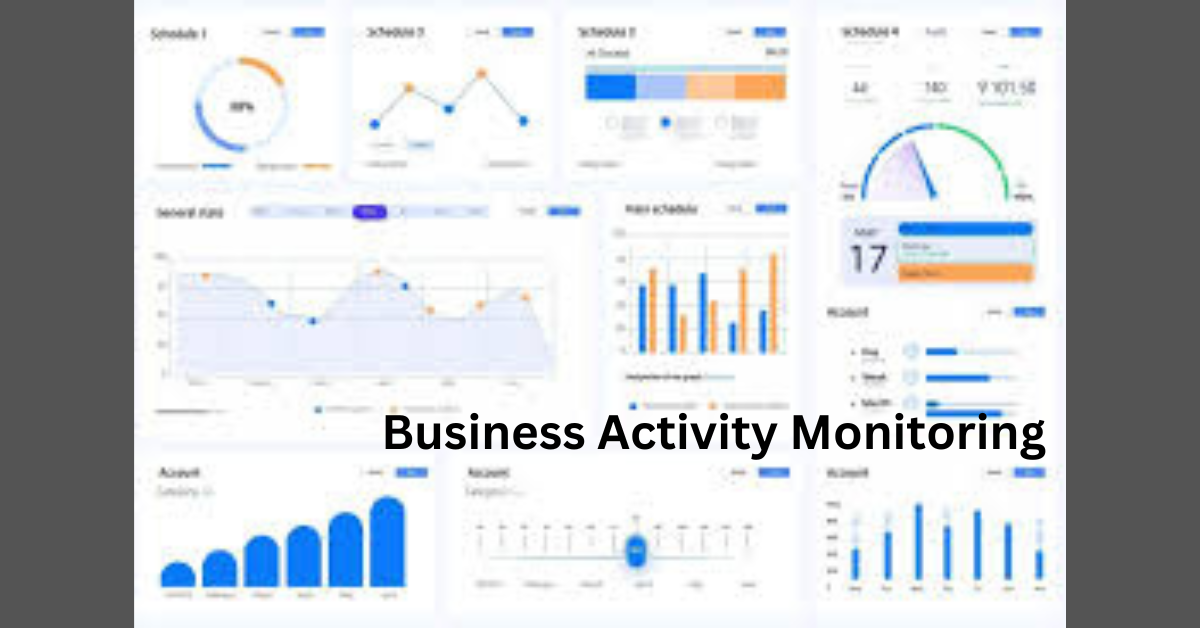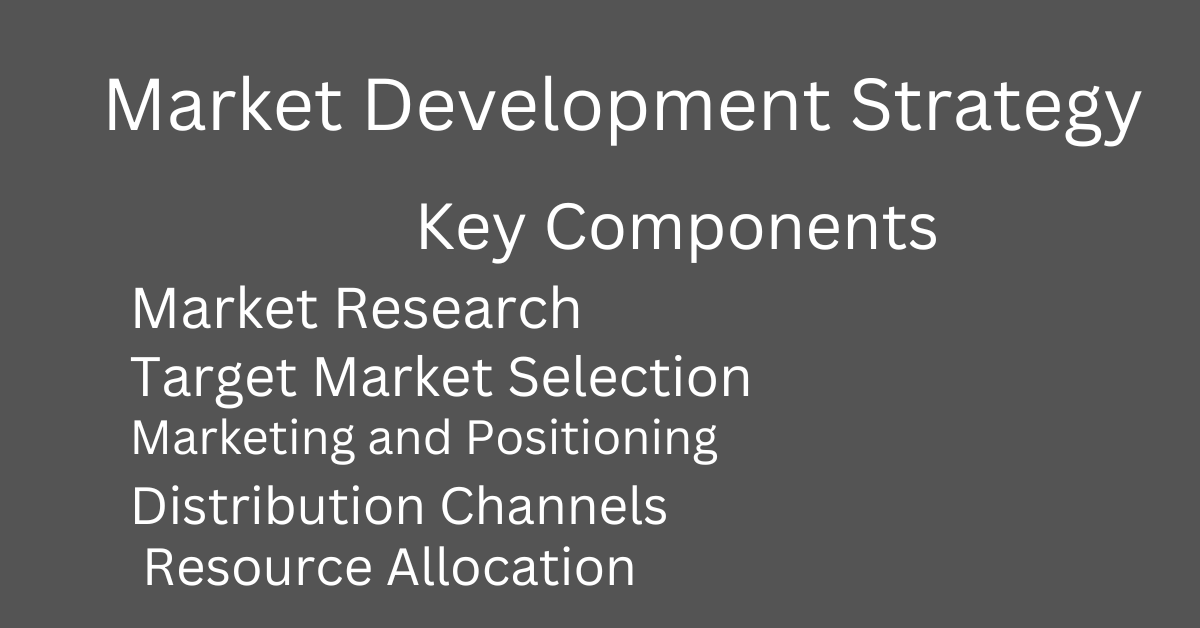What is a Consumer? A Comprehensive Guide
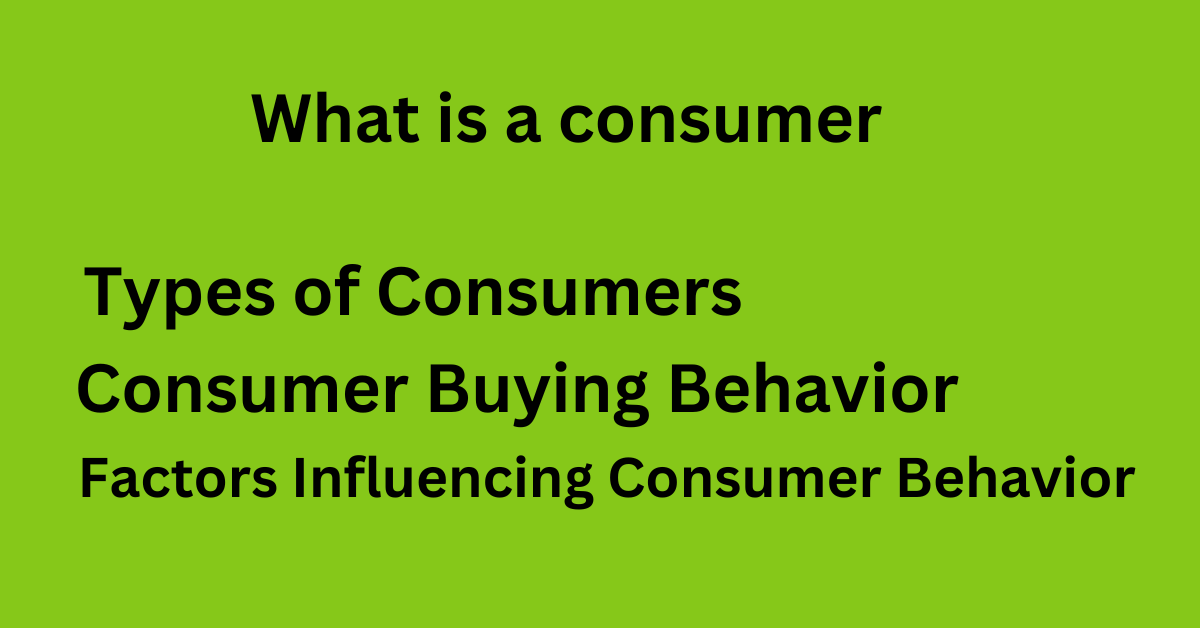
1. Definition of a Consumer
A consumer is an individual or group who purchases products, services, or goods to satisfy their personal needs and desires. Consumers are the end-users in the distribution chain and represent the final step in the product lifecycle. The key distinction between a consumer and a customer is that while a customer may buy products on behalf of others, the consumer is the one who ultimately uses them. For example, parents buying toys for their children are customers, while the children are the consumers.
Consumers have the power to influence the economy because their purchasing decisions determine the demand for products and services. The choices consumers make impact everything from pricing strategies to product development. They are the driving force behind market trends and innovation, as businesses must continuously adapt to meet consumer expectations.
2. Types of Consumers
There are various types of consumers, categorized based on their behaviors, preferences, and purchasing patterns. These types help businesses understand how to better target their products and services.
- Individual Consumers
Individual consumers are those who purchase products for personal use or consumption. These are the most common type of consumers and include people buying items like food, clothing, electronics, and entertainment. Individual consumers typically buy in small quantities.
b. Organizational Consumers
Organizational consumers are businesses, governments, or institutions that purchase products or services for use in their operations. While they don’t consume products in the same way as individuals, they still make purchasing decisions based on their needs. For example, a school buying computers for its classrooms would be considered an organizational consumer.
c. Impulse Consumers
Impulse consumers make unplanned purchases based on their emotions or sudden desires. They typically don’t plan to buy certain products but are influenced by promotions, advertising, or the allure of a product. Retailers often target impulse consumers with visually appealing displays and sales tactics.
d. Loyal Consumers
Loyal consumers consistently choose the same brand or product over time, showing a strong preference for particular items. These consumers are valuable to businesses because they provide repeat sales. Companies often focus on retaining loyal consumers by offering rewards, discounts, and exceptional customer service.
e. Discount-Driven Consumers
Discount-driven consumers seek out sales, promotions, and discounts when making purchasing decisions. These consumers are highly price-sensitive and may switch between brands to get the best deal. Retailers often attract these consumers through special offers, coupons, and clearance sales.
3. Consumer Buying Behavior
Consumer buying behavior refers to the actions and decisions that individuals or groups make when selecting, purchasing, and using products. Understanding consumer behavior is critical for businesses to design effective marketing strategies and offer products that meet consumer demands. The process of buying behavior generally includes five stages:
a. Problem Recognition
The purchasing process starts when the consumer identifies a need or issue. This need could arise from something as simple as running out of groceries or as complex as wanting to upgrade to the latest smartphone. Once a problem is identified, the consumer starts considering potential solutions.
b. Information Search
After recognizing a need, consumers gather information about potential products or services that can meet their needs. This could involve reading reviews, comparing prices, or seeking recommendations from friends and family. Today, many consumers turn to the internet for research, looking at websites, social media, and online forums.
c. Evaluation of Alternatives
Consumers compare different products and services to determine which one best suits their needs. This evaluation may be based on various factors, including price, quality, features, and brand reputation. Businesses must ensure their product stands out during this phase by emphasizing unique selling points and offering competitive advantages.
d. Purchase Decision
At this stage, the consumer has evaluated their options and is ready to make a purchase. Factors like the availability of discounts, the ease of the purchasing process, and customer service can all influence this decision. Some consumers may experience hesitation or doubt (buyer’s remorse) before finalizing their purchase.
e. Post-Purchase Behavior
After making a purchase, the consumer evaluates whether the product or service met their expectations. If they are satisfied, they may become a repeat customer and recommend the product to others. If not, they may return the product or leave negative feedback. Post-purchase behavior is crucial for businesses as it affects customer loyalty and brand reputation.
4. Factors Influencing Consumer Behavior
Several factors influence consumer behavior, and understanding these factors helps businesses tailor their marketing efforts:
a. Cultural Factors
Culture, values, and traditions play a significant role in shaping consumer behavior. Consumers from different cultural backgrounds may have distinct preferences and buying habits. For example, in some cultures, certain colors or symbols may carry specific meanings that influence product choices.
b. Social Factors
Social factors include family, friends, and social groups that influence a consumer’s buying decisions. Peer pressure or recommendations from trusted sources can lead consumers to choose specific products or brands.
c. Personal Factors
Personal factors such as age, occupation, income level, and lifestyle affect consumer behavior. A young adult may prioritize fashion and technology, while an older consumer may focus on health and safety products. Businesses must consider these factors when segmenting their target audience.
d. Psychological Factors
Consumers’ emotions, perceptions, attitudes, and motivations also shape their buying behavior. Marketing messages that appeal to a consumer’s emotions, like happiness or fear, can drive purchasing decisions. Psychological factors often determine how a consumer perceives the value of a product.
5. The Importance of Consumer Satisfaction
Consumer satisfaction gauges how effectively a product or service meets or surpasses customer expectations. It is a critical aspect of building a successful business because satisfied consumers are more likely to make repeat purchases, recommend the product to others, and remain loyal to the brand. On the other hand, unsatisfied consumers may switch to competitors and spread negative word-of-mouth, which can harm a business’s reputation.
To maintain consumer satisfaction, businesses should focus on providing high-quality products, excellent customer service, and addressing any issues or concerns promptly.
Conclusion
Consumers are at the heart of every business and economic system. Their buying decisions influence market trends, drive business strategies, and shape the future of industries. By understanding what consumers are, how they behave, and what factors influence their decisions, businesses can better meet their needs and thrive in competitive markets. Effective consumer targeting and satisfaction strategies are key to long-term success for any company.


